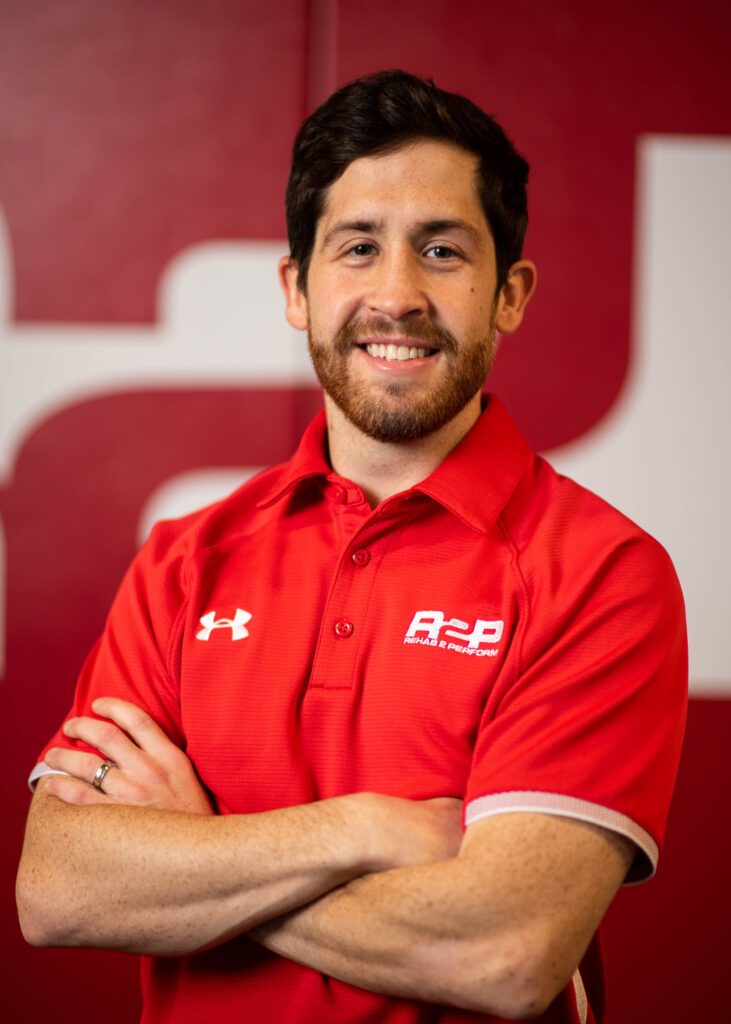Running Shoe: Where 2 Start?

Running Shoe Considerations: What I Value
As a performance physical therapist and run coach, I’ve had the privilege of working with runners of all levels, from beginners aiming for their first 5K to seasoned athletes preparing for marathons. One topic that consistently arises in our conversations is footwear. The right shoe can make all the difference in your running experience, from comfort to injury prevention and performance enhancement. Here are some considerations I value when it comes to choosing the right shoes for running:
Comfy Matters
Regardless of anatomy, ensure you find the shoe comfortable.
First and foremost, comfort is key. Regardless of your foot anatomy or running gait, if your shoes don’t feel comfortable, you’re setting yourself up for discomfort and potentially even injury down the road. Trust the recommendations made by your local running store. They know the ins and outs of different shoes better than anyone. But, take the time to try on different brands and models, and pay attention to how they feel on your feet. Make sure you run for a minute or two on the in-store treadmill to see if you like them. Your shoes should feel snug but not tight, with enough room in the toe box to wiggle your toes comfortably. Trust me, they won’t be offended if you don’t find the shoe comfortable. They don’t want you buying something you don’t find comfortable!
Break’em In
Break your shoes in, but don’t wear them out.
Breaking in your shoes gradually allows them to conform to your feet and reduces the risk of blisters or hot spots. However, there’s a fine line between breaking them in and wearing them out. Replace your shoes regularly, typically every 300-500 miles depending on factors like your weight, running style, and terrain. Worn-out shoes lack the support and cushioning needed to protect your feet and lower limbs, increasing the risk of pain with running.
What is Heel Drop?
If you’re prone to calf, Achilles, or plantar fascia pain, consider a shoe with a heel drop.
For runners who struggle with calf, Achilles, or plantar fasciitis related pain, choosing a running shoe with a higher heel-to-toe drop can help alleviate strain on these areas. A higher drop shifts some of the workload away from the calves and Achilles tendon, reducing tension and promoting a more comfortable stride. However, it’s essential to find the right balance, as too much of a heel drop can lead to other issues and alter your running strategy.
Rotate It
A shoe rotation is smart for everyday life and training, but frequent changes in footwear may not be helpful during training.
Rotating between different pairs of shoes for everyday wear and training can help extend the lifespan of your shoes and prevent overuse injuries by varying the stresses on your feet and lower limbs. However, constantly switching between shoes during training runs can make it challenging to adapt to a specific pair’s feel and may increase the risk of discomfort or injury. A risk factor for running related foot pain and injuries includes frequent or sudden changes in footwear. Find a couple of models that work well for you and rotate them gradually to reap the benefits without sacrificing consistency in your training.
Carbon Fiber Running Shoe?
The carbon fiber plate sounds great in theory, but you may not benefit unless you’re pretty elite.
The recent surge in popularity of carbon fiber plates in running shoes promises enhanced energy return and propulsion, leading to faster race times. While these claims may hold true for elite runners pushing the limits of human performance, the average recreational runner may not experience the same benefits. Instead of chasing the latest technology, focus on finding a shoe that meets your individual needs and feels comfortable mile after mile.
The Finish line
In conclusion, finding the right running shoe involves considering various factors, including comfort, support, and injury risk reduction. Take the time to explore different options and prioritize what works best for you and your running goals. Remember, the perfect shoe is the one that makes you forget about your feet and allows you to focus on the joy of the run.
Happy running!
If you need any further guidance or support along the way please feel free to reach out to me directly at DrEllis@rehab2perform.com, or if you are considering PT – schedule a FREE CONSULT HERE
Happy Running!

Dr. Greg Ellis PT, DPT, CSCS
Performance Physical Therapist
Follow Greg on Instagram (HERE) for more content and to see his running progress!
Check out our R2P+ Digital Program, and see if it is right for you.
Fitness Focused Physical Therapy
Running injuries holding you back? Rehab 2 Perform specializes in preventing risk to re-injury and empowering you with the tools to stay active. We serve the Annapolis, Bethesda, Columbia, Frederick, Gambrills, Germantown and Mt. Airy areas in Maryland, and now in Leesburg, and the Tysons Corner Business District in Virginia. Contact us today at 1(301) 798- 4838 or schedule an appointment by visiting us here today.
We accept all major insurances, including Tricare, VA Community Care, and the Johns Hopkins Healthcare Network!
